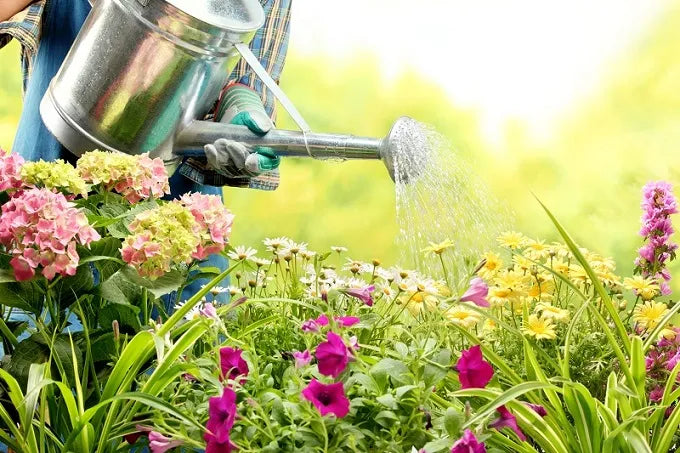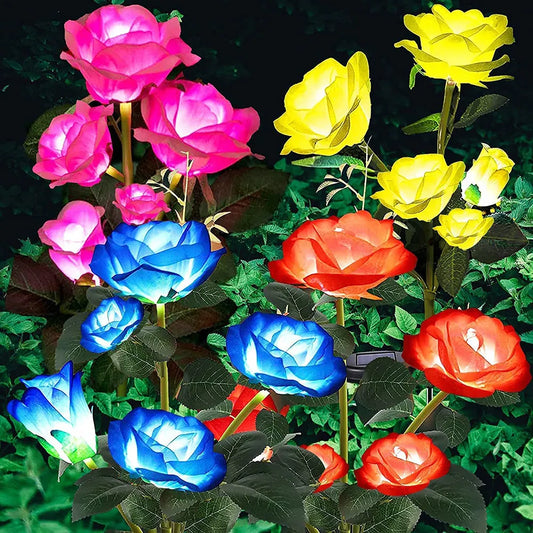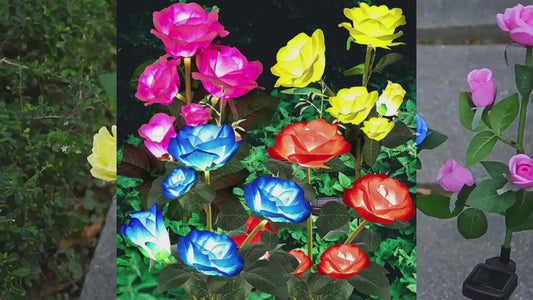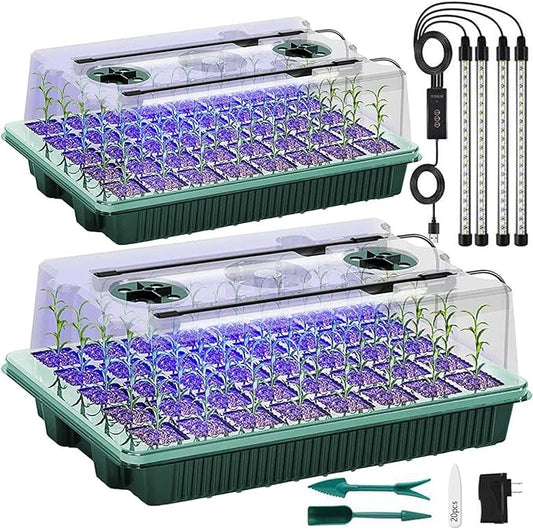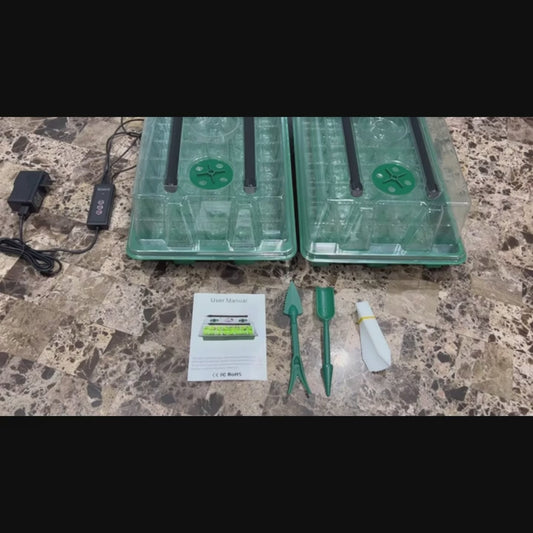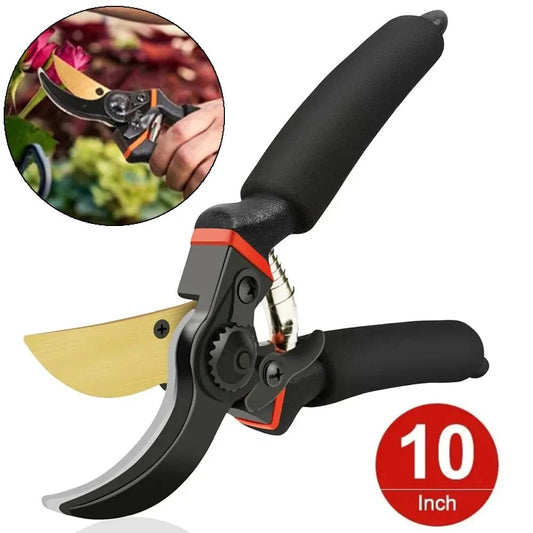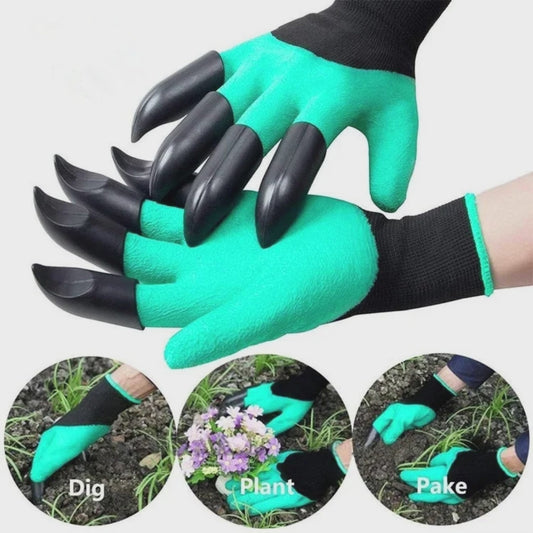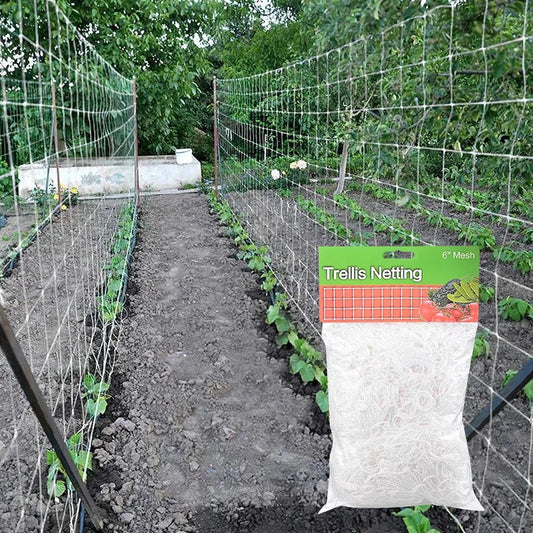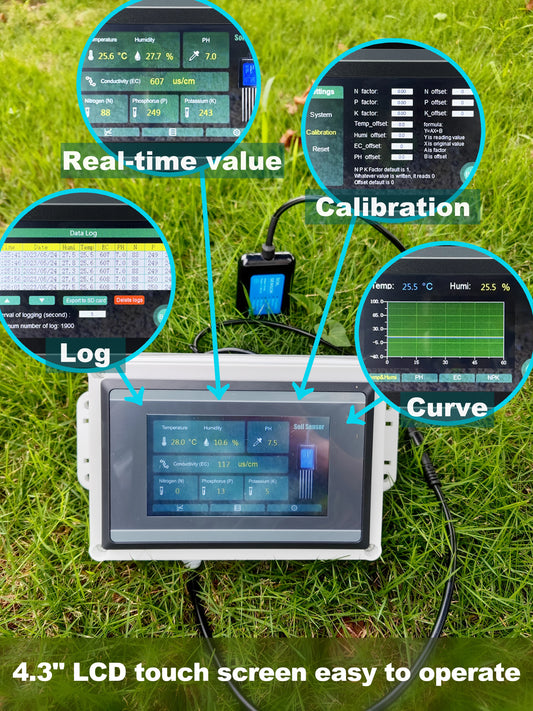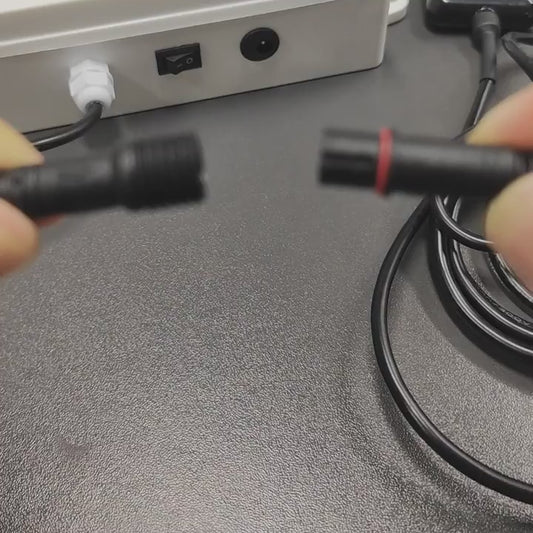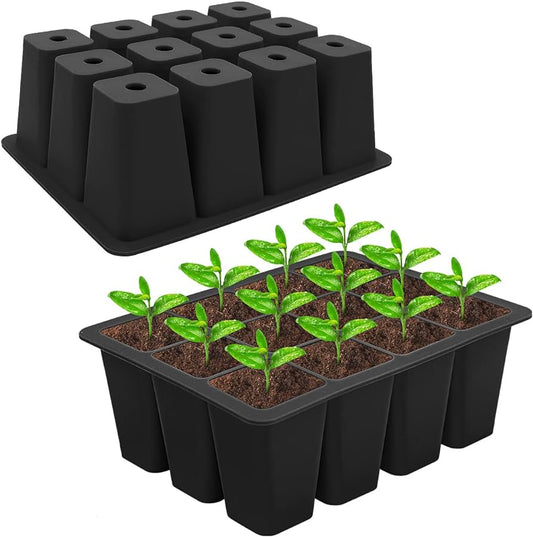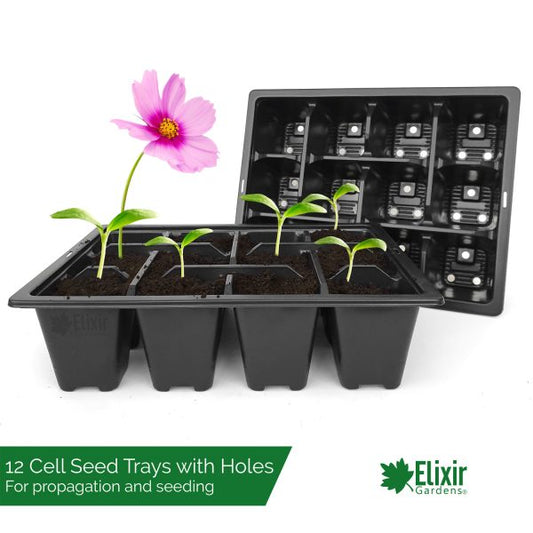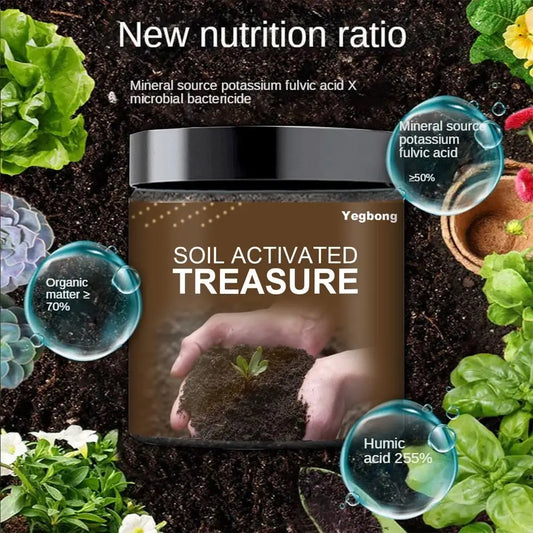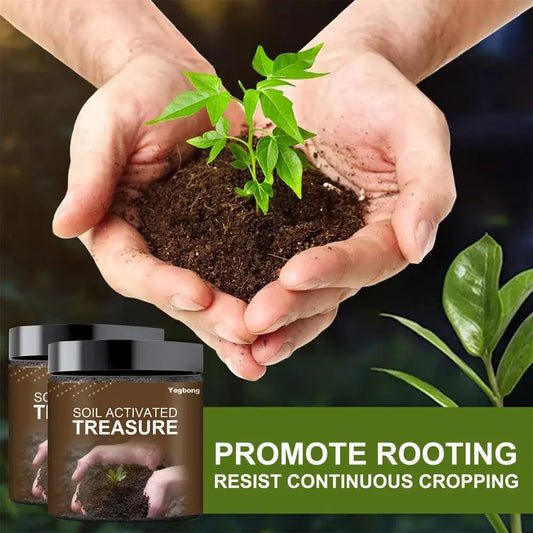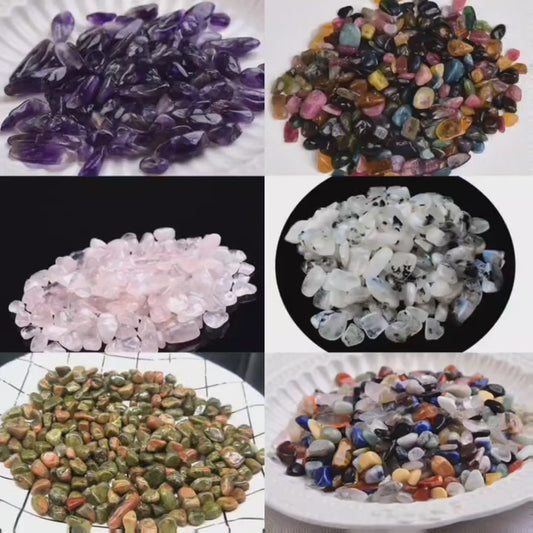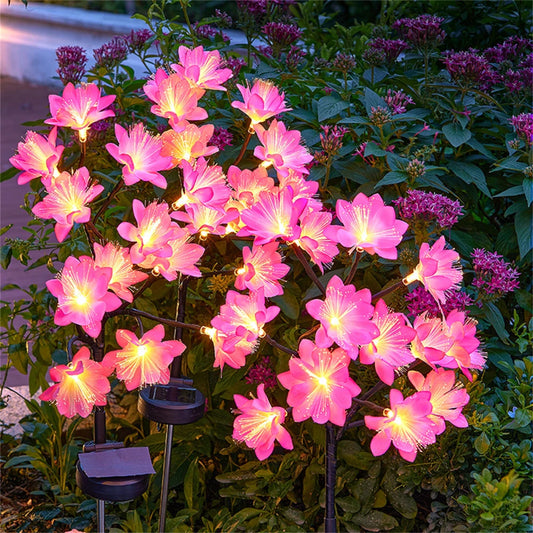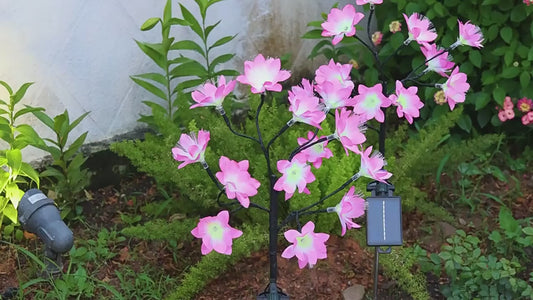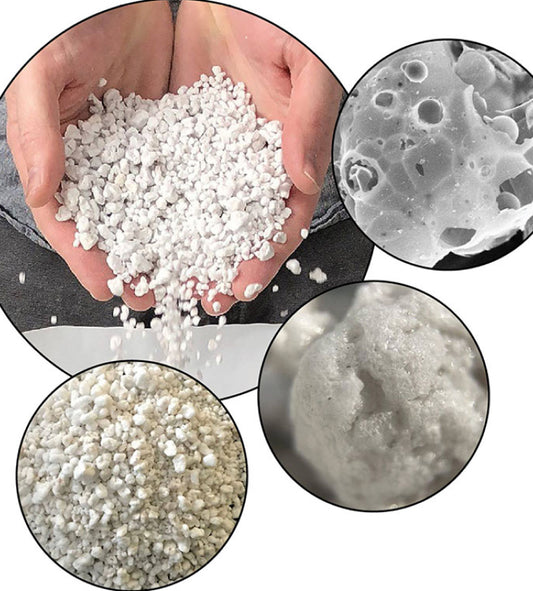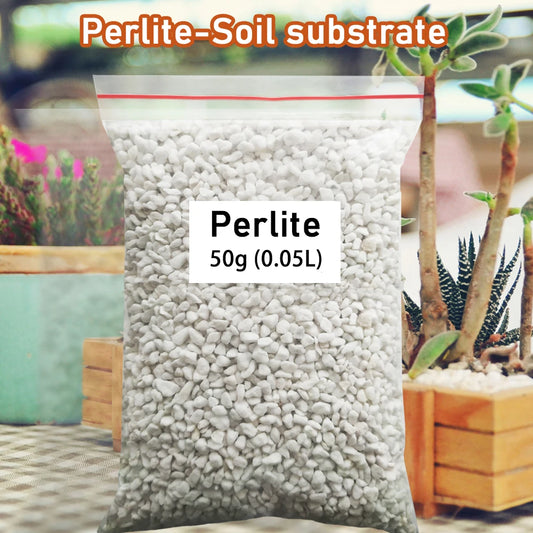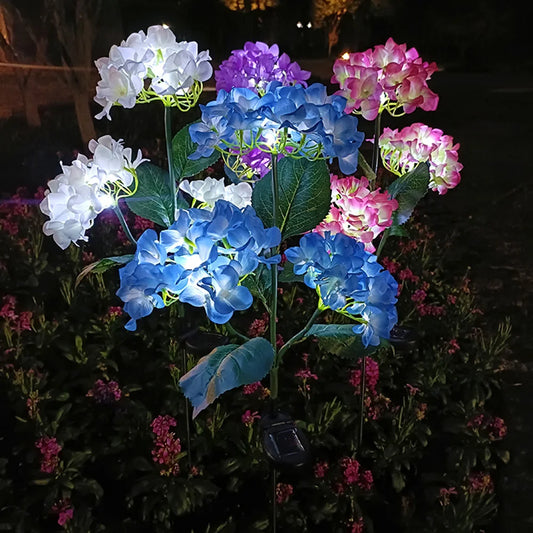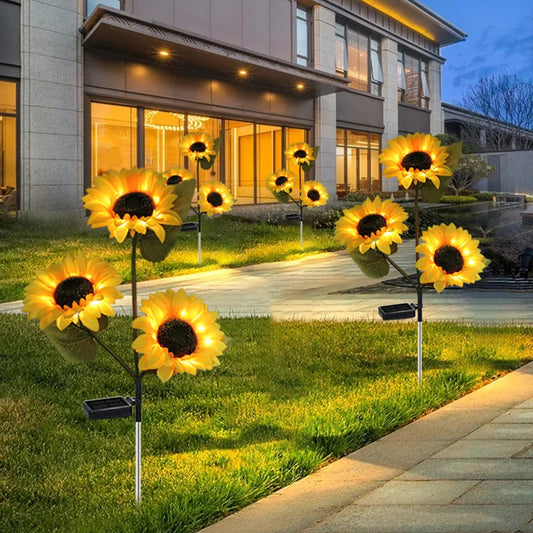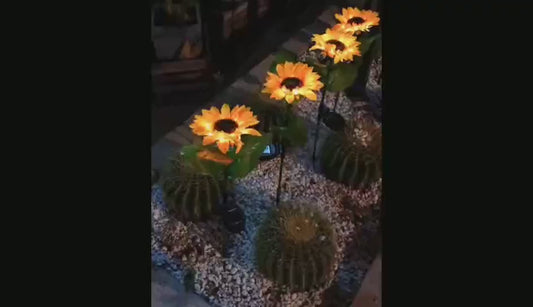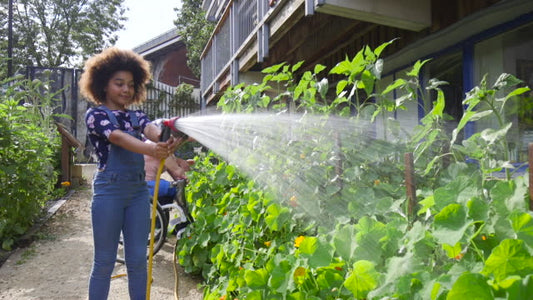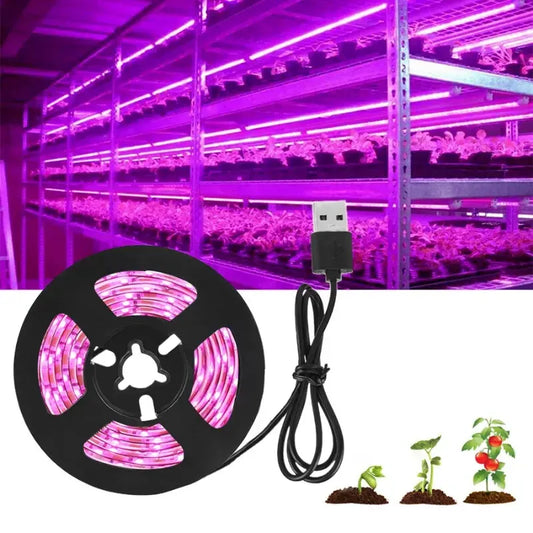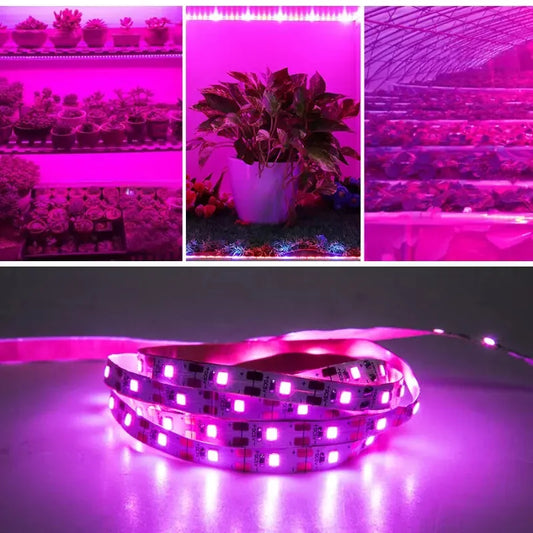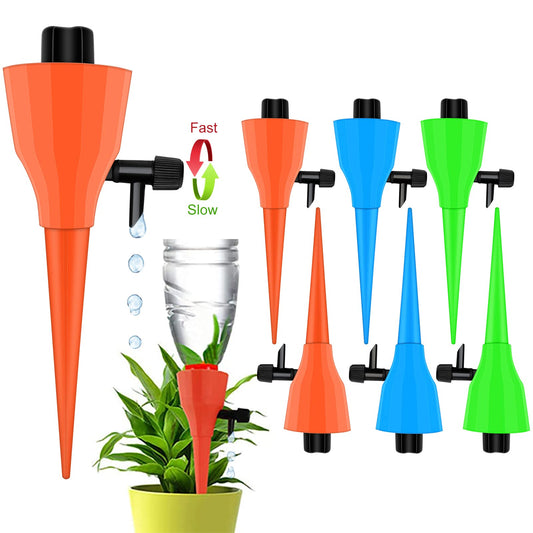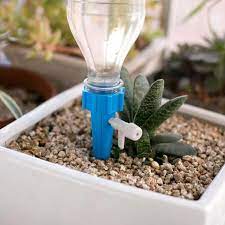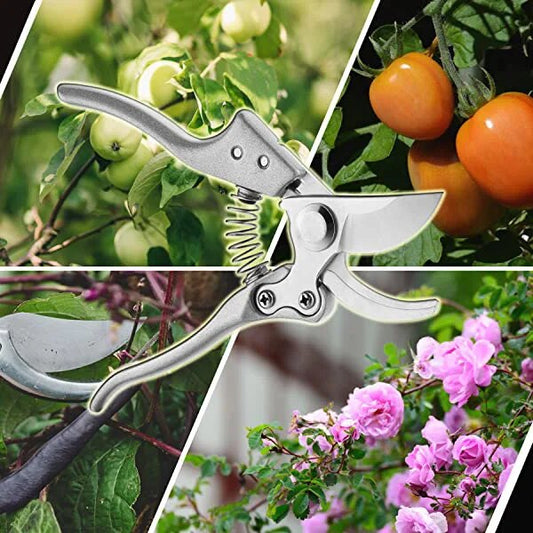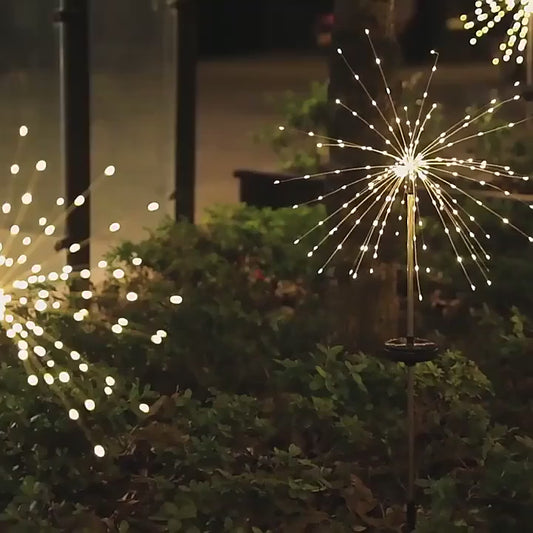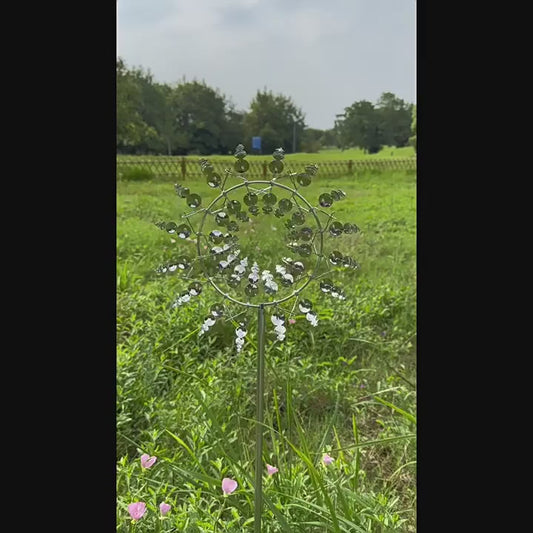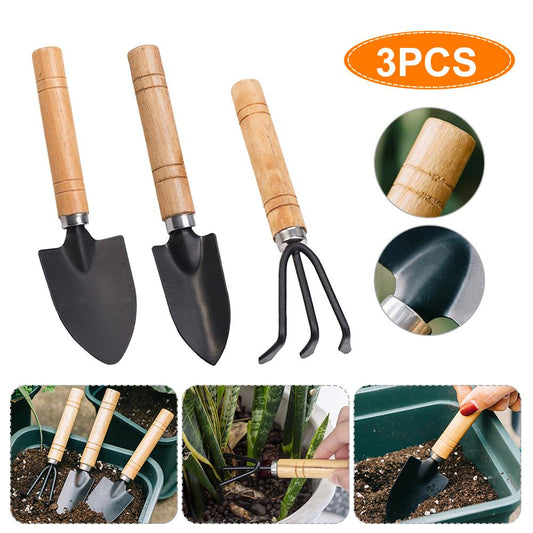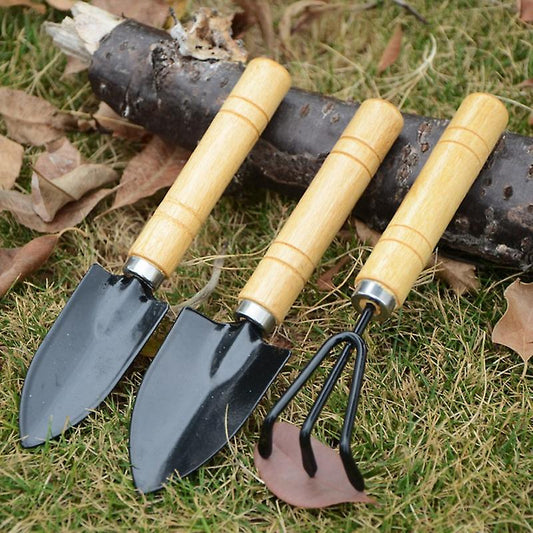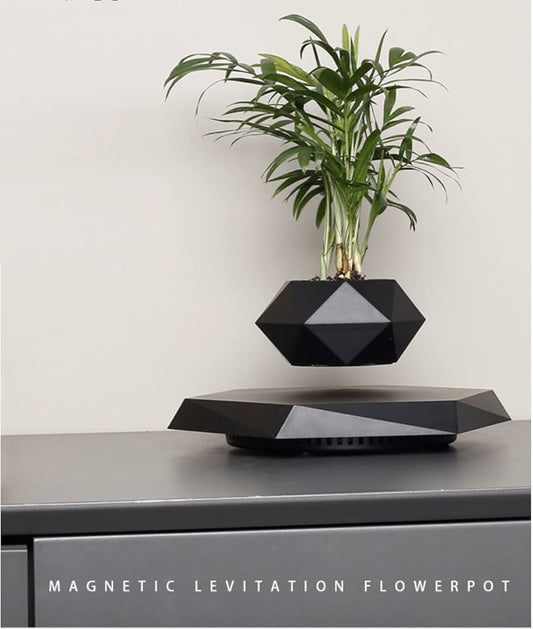Watering is an important part of gardening, but it's not always as simple as grabbing a hose and soaking everything! Here are some key things to remember:
When to water:
- Check the soil: The best way to know when to water is to stick your finger in the soil. If it's dry to the first knuckle or so, it's time to water. Avoid shallow watering, which encourages roots to stay near the surface where they're more vulnerable to drying out. Aim for deep, infrequent watering that soaks the soil thoroughly.
- Consider the weather: Hot, dry, and windy conditions will require more frequent watering than cool, cloudy ones. Pay attention to rainfall as well, and adjust your watering accordingly.
- Think about your plants: Different plants have different water needs. Sun-loving plants generally need more water than shade-loving ones, and newly planted seedlings will need more frequent watering than established plants.
- Time of day: Water early in the morning (around 5-10 am) when the sun is weak and the ground is cool. This allows the water to soak in before the heat of the day increases evaporation. Avoid watering in the evening, as wet leaves can attract diseases.
- Frequency: Don't water on a strict schedule, but rather water deeply and infrequently based on your soil, plants, and weather. Stick your finger in the soil up to your second knuckle. If it's dry, it's time to water.
How to water:
- Target the roots: Water directly at the base of the plant, avoiding the leaves as much as possible. This helps prevent fungal diseases and reduces water waste from evaporation.
- Use the right tools: Watering cans, soaker hoses, and drip irrigation systems are all good options. Avoid sprinklers, which waste water and can promote fungal diseases.
- Water early in the morning: This allows the water to soak into the soil before the heat of the day increases evaporation.
- Amount of water: The amount of water needed depends on your soil type, plant variety, and weather. Generally, aim for 1-2 inches of water per week. Sandy soil drains faster and may need more frequent watering, while clay soil retains water longer and may need less frequent watering.
Additional tips:
- Mulch around your plants: Mulch helps retain moisture in the soil and reduces the need for watering.
- Group plants with similar water needs together: This will make it easier to water them efficiently.
- Use a rain gauge: This will help you track how much rain your garden receives and adjust your watering accordingly.
Here are some additional resources that you may find helpful:
- The Proper Way to Water Your Garden: https://www.hgtv.com/outdoors/flowers-and-plants/how-to-water-houseplants
- Watering Gardens: Learn How To Water A Garden Effectively: https://www.hgtv.com/outdoors/gardens/planting-and-maintenance/the-proper-way-to-water-your-garden
- 7 Tips to Water Your Garden Perfectly: https://www.youtube.com/watch?v=OOLgbkq_P4Y
By following these tips, you can ensure that your plants are getting the right amount of water to thrive.

